Frankly, I wish I were dead,
When she left, I wept
A great deal, she said to me, “This parting must be
Endured Sappho. I go unwillingly.”
— Sappho
Love, in its myriad forms, encapsulates a vast spectrum of emotions, expressions, and experiences. The historical navigation and proper compartmentalization of which, in clear terms, is almost an unachievable task. While a certain level of understanding can be reached at times, other instances leave us with conjectures and uncertainties. Such is the case when we talk about revelations and limitations in historical evidence of female homosexuality.

Figure 1. Head of a Woman, Likely Inspired by Silanion's Imaginative Portrait of Sappho, Glyptothek, Munich.
The word Lesbian is originally attributed to the celebrated poet Sappho (born around 620 BCE on the Greek island of Lesbos) who was believed to be bisexual as per the ancient myth. Saphho’s emotive and sensual verses, including her Ode to Aphrodite, encapsulated her romantic longings for her female companion. Sappho’s poetic legacy even suffered through the church's scornful purge.Nonetheless, Sappho has long been deemed as a lesbian role model and a significant historical figure symbolizing same-sex love, particularly among Western scholars.
The expression of Sapphic love was not limited to Ancient Greece alone. Civilizations such as Egypt, Indonesia and India have also documented instances of amorous advances and passionate overtures between women through their sculptures.

Figure 2. Nephthys at the Musée du Louvre in Paris, France.
While there are fewer accounts of female homosexuality in Egyptian history compared to male homosexuality, many interpretations suggest that goddess Nephthys, who bore a son by Orisis, was a lesbian figure. This has sparked discussion among scholars on whether Egyptian culture valued lesbians more than gay men. Ancient Egyptian’s attitude towards homosexuality in general and lesbians in particular still remains complex.

Figure 3. Statue of Idet and Ruiu, in the museum of Turin.
A statue showcasing two Egyptian women housed in the museum of Turin has drawn various speculations. Some have suggested that the depicted women could represent a mother and a daughter duo, while others have raised the possibility of them being sisters. Furthermore, there are those who believe that the statue portrays a same-sex couple.
Historical queer representations on Indian temples is a topic of significance, ranging from Tripurantaka Temple in Shivmoga with its erotic frieze on exterior walls to the sensuous dancing nymphs adorning Jain temples in Rajasthan, and even the Markandeshwar temple in Gadchiroli boasting nearly 400 erotic carvings, fearlessly embraced the alluring portrayal of desire and infatuations. If anything, these deliberate incorporation of sensuality and divinity seems to celebrate the valors, asceticism as well as passion and sensuality of both humans and Gods.

Figure 4. Love-making sculptures of the Khajuraho temple.
Case in point, the glorious temples at Khajuraho, which were erected by the Chandela kings between 800 CE to 1000 CE. The temple carvings continue to captivate and intrigue visitors from around the world. There is no denying the fact that these wall murals are the epitome of excellent craftsmanship, but what is so unique about them is their open depiction of polyandry, polygamy, bisexuality, homosexuality that has led to the formation of numerous theories and interpretations. These murals also display beautiful, voluptuous women engaging in sensuous and romantic embraces.

Figure 5.. Sri Virupaksha temple in Hampi, A revered shrine devoted to Virupaksha, an incarnation of Shiva.
Dating back to the 7th century AD, Sri Virupaksha temple with its gorgeous pillars, stands as one of the oldest functioning temples. Notably, a captivating panel draws attention, portraying a nude woman being ‘admired’ by both men and women around her. The ensemble of Hampi temples, comprising approximately 1600 monuments and reflecting the essence of 3 ancient dynasties, has been recognized as a world heritage site by UNESCO.
Another thing worth acknowledging is that by honoring the sensual aspects of human existence, ancient Indians embraced a holistic perspective that celebrated the interconnectedness between the physical and the spiritual dimensions. The four Purusharthas namely, Dharma (responsibility), Arth (wealth), Kama (pleasure), and Moksha (spirituality), have long been viewed as essential aspects that contribute to a fulfilling and rich life in Hinduism.

Prambanan, a 9th-century Hindu temple in Southern Java, Indonesia
The Prambanan temple in Indonesia, devoted to the Trimurti, presents a fascinating tapestry of human interactions through its intricate carvings. Amongst its diverse depiction, the companionship amongst well-adorned women emerges as a multifaceted expression that defies simple categorization.
In the vast tapestry of artforms, ranging from miniature paintings to grand wall murals, it seems like history and mythology are urging us to broaden our horizons and look beyond the confines. As our world converges and discoveries unfold, one of our paramount objectives should be to embrace love in its kaleidoscopic spectrum. Perhaps only then will we be able to forge meaningful connections with the people around us.
References:
-
YouTube Video:
Title: "The surprising origins of the word “lesbian” - Diane J. Rayor"
URL: https://youtu.be/EFcftfqpxK4 -
Wikipedia Article:
Title: "Homosexuality in Ancient Egypt"
URL: https://en.wikipedia.org/wiki/Homosexuality_in_ancient_Egypt -
Scroll.in Article:
Title: "How to Spot a Lesbian in Sacred Indian Art"
URL: https://scroll.in/article/827274/how-to-spot-a-lesbian-in-sacred-indian-art -
GO Magazine Article:
Title: "10 of Our Favorite Sappho Lez Quotes to Get You Through the Week"
URL: https://gomag.com/article/10-of-our-favorite-sappho-lez-quotes-to-get-you-through-the-week/ -
World History Image:
Title: "Statue of Idet & Ruiu"
URL: https://www.worldhistory.org/image/14160/statue-of-idet--ruiu/ -
India Today Article:
Title: "10 Instances of Homosexuality Among LGBTs in Ancient India"
URL: https://www.indiatoday.in/india/story/10-instances-of-homosexuality-among-lgbts-in-ancient-india-1281446-2018-07-10 -
ScoopWhoop Entertainment Section:
URL: https://www.scoopwhoop.com/category/entertainment/?ref=page_article -
DNA India Article:
Title: "Love Cast in Stone: Temples in India Depicting Erotic Art"
URL: https://www.dnaindia.com/lifestyle/report-love-cast-in-stone-temples-in-india-depicting-erotic-art-1907716/ -
Holidify Article:
Title: "Sex Temple in India"













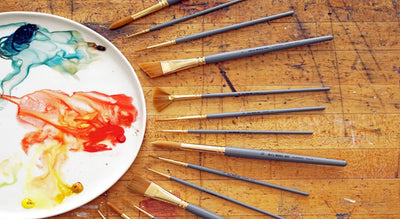
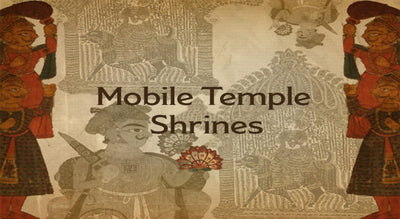
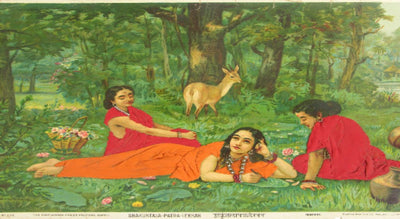
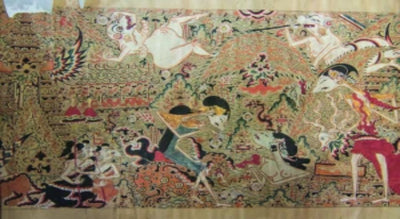
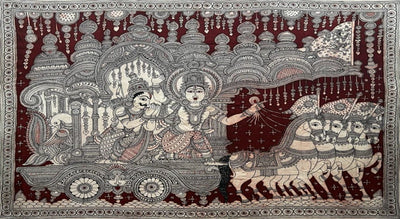
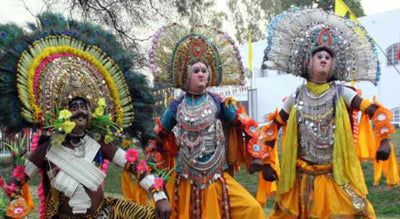
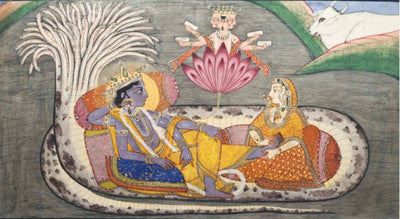
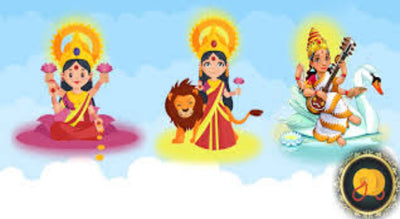
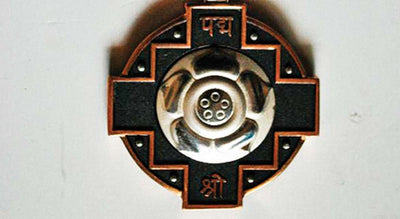
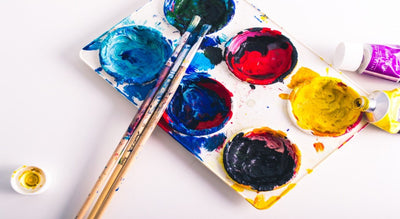
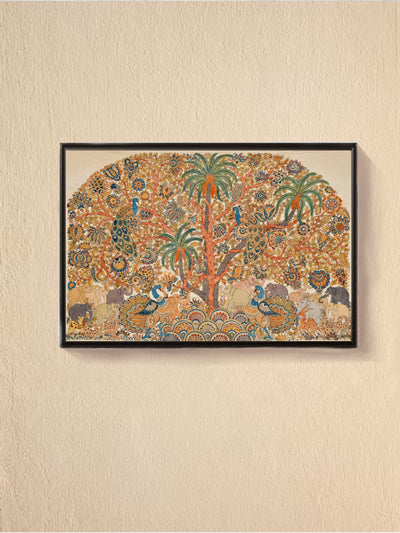







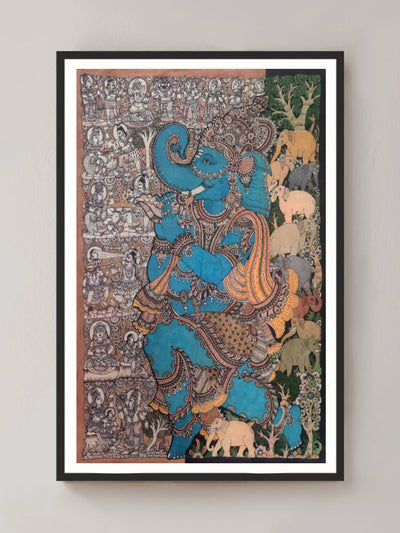








NPI Number Lookup is the premier NPI Registry in the country with up-to-date information from the latest National Provider Identifier (NPI) records. Launched in 2007, NPI Number Lookup is used by millions of people each year for NPI Lookup information on Doctors & Physicians and Groups & Organizations. Our information is provided the National NPI Registry and continually updated for accuracy of information. NPI Lookup is widely used on medical forms and databases across the country.
Our NPI Database can be used for NPI Lookup information to search the NPI number registry to find information about healthcare providers that includes Organization name, doctor name, Taxonomy Code, Specialization, Address, City, State, and Zip Code. The results will include details for all matching providers matching your search criteria.
https://canvas.instructure.com/eportfolios/2191343/